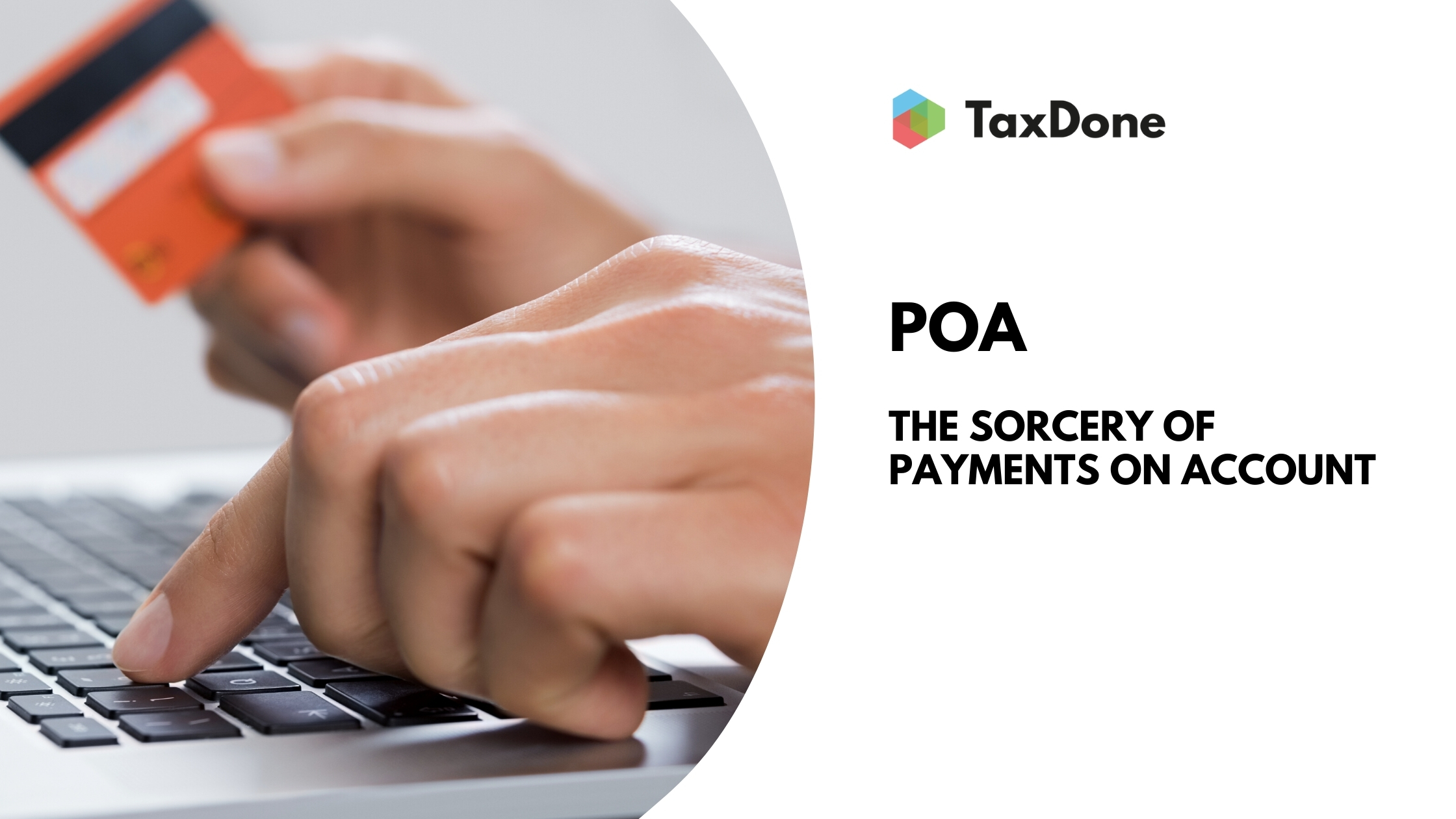The sorcery unseen until too late
More often than not, “payments on account” are a thing tax payers realise at the very last minute when the taxes for Sole Traders and Partners are due on the 31st January each year.
For those who have been self-employed for a while now, these are a thing known, although still feared rightly or wrongly. For those new to self-employment, this is one of those dark magic type concepts which creeps up at the most unfortunate time, when the taxes are due, adding to the tax liability. The best way to probably help tax payers ease into the concept of payments on account is to try to explain them in the most simple way possible.
So what can I do?
Depends how you look at it, but the best thing you can do here is to get your tax return done ASAP after the tax year ends after the 5th April each year. Although you have until the 31st January next year to complete the Self-Assessment, there are many benefits to just cracking on with getting it submitted beforehand – some of these will be listed below.
Explain this sorcery…
Okay, so payments on account can be seen as somewhat a “prepayment” for the following tax year. This only affects you if you have a tax liability of over £1,000. The first payment on account totals 50% of the tax liability and is due together with the tax liability on the 31st January and the second payment of account is due by the end of 31st July that same year. So let’s give a little hypothetical situation to explain this…
Worked example
John has a tax liability for the tax year 2018-19 of £2,000. This tax is due by the 31st January 2020. Since the £2,000 is above the £1,000 threshold, the payments on account rule applies and this concept kicks in. Thus, an extra 50% is payable by the 31st January 2020 which is equal to £1,000 as a prepayment for the tax year 2019-20.
Total liability due by 31st January 2020 = £3,000
Now, John will also have the other 50% due by the 31st July 2020 as the second payment on account which would equal £1,000.
Total liability due by 31st July 2020 = £1,000
Let’s take it that John had a good year during the 2019-20 tax year and his tax liability for that comes to £2,400. Taking into account that he had made the two payments on accounts totalling £2,000 (£1,000 on 31st January 2020 and £1,000 on 31st July 2020) he only has to pay £400. However, you guessed it, he also has to make payments on account in the 2019-20 tax year towards the 2020-21 tax year which result in each £1,200 due by 31st January 2021 and 31st July 2021 respectively.
Total liability due by 31st January 2021 = £1,600
Total liability due by 31st July 2021 = £1,200
Are there any exemptions?
There are a few exceptions to this rule and these scenarios differ on a case by case basis but can be summarised as:
- If you expect your income to significantly decrease in the following tax year, you can apply to reduce or completely remove the payments on account for that year;
- You complete you Self-Assessment before the 31st July, which will mean the second payment on account is amended to whatever the balancing payment of the remaining tax liability is instead;
- You’ve already paid more than 80% of all the tax you owe, for example through your tax code or because your bank has already deducted interest on your savings;

